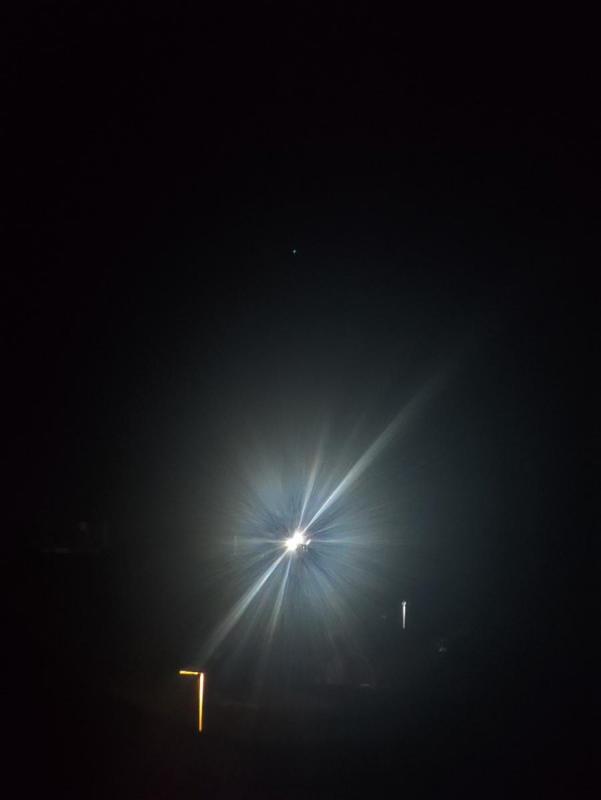Elpha8888
Well-known member

I had all of these binoculars, and Canon 10x42 IS is far sharper than Swarovski.
When Image Stabilisation is ON, Canon EAT Swaro even more.
Here is one of my numrous reviews and comparations I did

Swarovski 15x56 SLC vs Canon 18x50 IS ***my take*** - Binoculars - Cloudy Nights
Page 1 of 3 - Swarovski 15x56 SLC vs Canon 18x50 IS ***my take*** - posted in Binoculars: Lets see how these binoculars finally compare 😎www.cloudynights.com
Kind regards
Denis
I've actually spent a lot of time under the stars comparing all the Canons and mainly EL and NL Swarovskis, I've yet to test the 15x SLC.
The 12x Pure being my favourite astronomy binocular this far and like others have mentioned the 15x Canon is the one to go for. An honourable mention to the little eii in which has given me hours of pleasurable night time views as well.
I do not think it is fair to compare the Canon 10x42 to the Pures, the Swarovski are in a different league altogether.
Kind regards
Bobby





